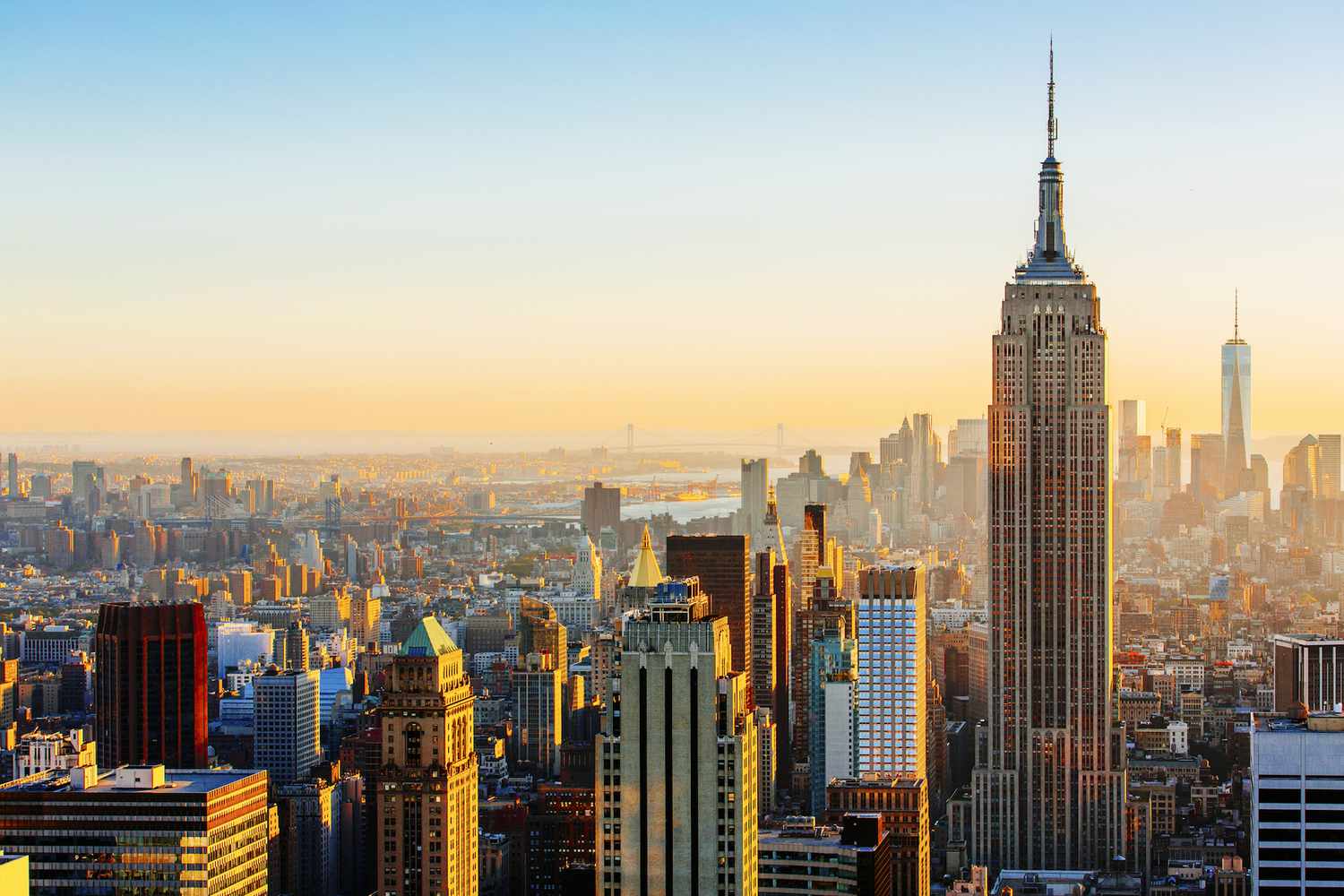
Living in New York City, one of the most walkable cities in the U.S. offers many perks, from improved health to economic growth.
But please walk fast and by reducing car dependence, walkable neighborhoods lower people's environmental footprint while fostering a stronger sense of community. They also enhance connectivity, making it easier for people to access amenities like shops, parks, and services, all within an accessible distance.
New York City, in particular, stands out for its walkability. According to the 2023 U.S. Census, 57% of workers in the city walked or took public transit to work, with just 25% driving. This trend reflects the city's walkable infrastructure, which includes Central Park, Times Square, the West Village, and Washington Square Park. Manhattan's grid layout also makes navigation a breeze, further encouraging walking.
The 2023 Foot Traffic Ahead Report ranks cities based on metrics such as population density, access to transit, and proximity to services. This report underscores the importance of walkable streets in supporting environmental and health benefits and economic vitality. Factors such as urban planning, pedestrian safety infrastructure, and the integration of transit systems all contribute to a city's overall walkability ranking.
Ultimately, the shift toward walkable cities reflects a broader urban design philosophy to create more sustainable, accessible, and vibrant communities.
The Smart Growth Report also includes predictions of which cities will eventually become the most walkable, based on data on how walkable or sprawling their future development will be.
- Boston
- Washington D.C.
- New York
- Miami
- Atlanta
- Seattle
- San Francisco
- Detroit
- Denver
- Tampa
- Los Angeles
- Phoenix
- Houston
- Portland
- Chicago
- Philadelphia
- Dallas
Smart Growth America's 2023 Report.